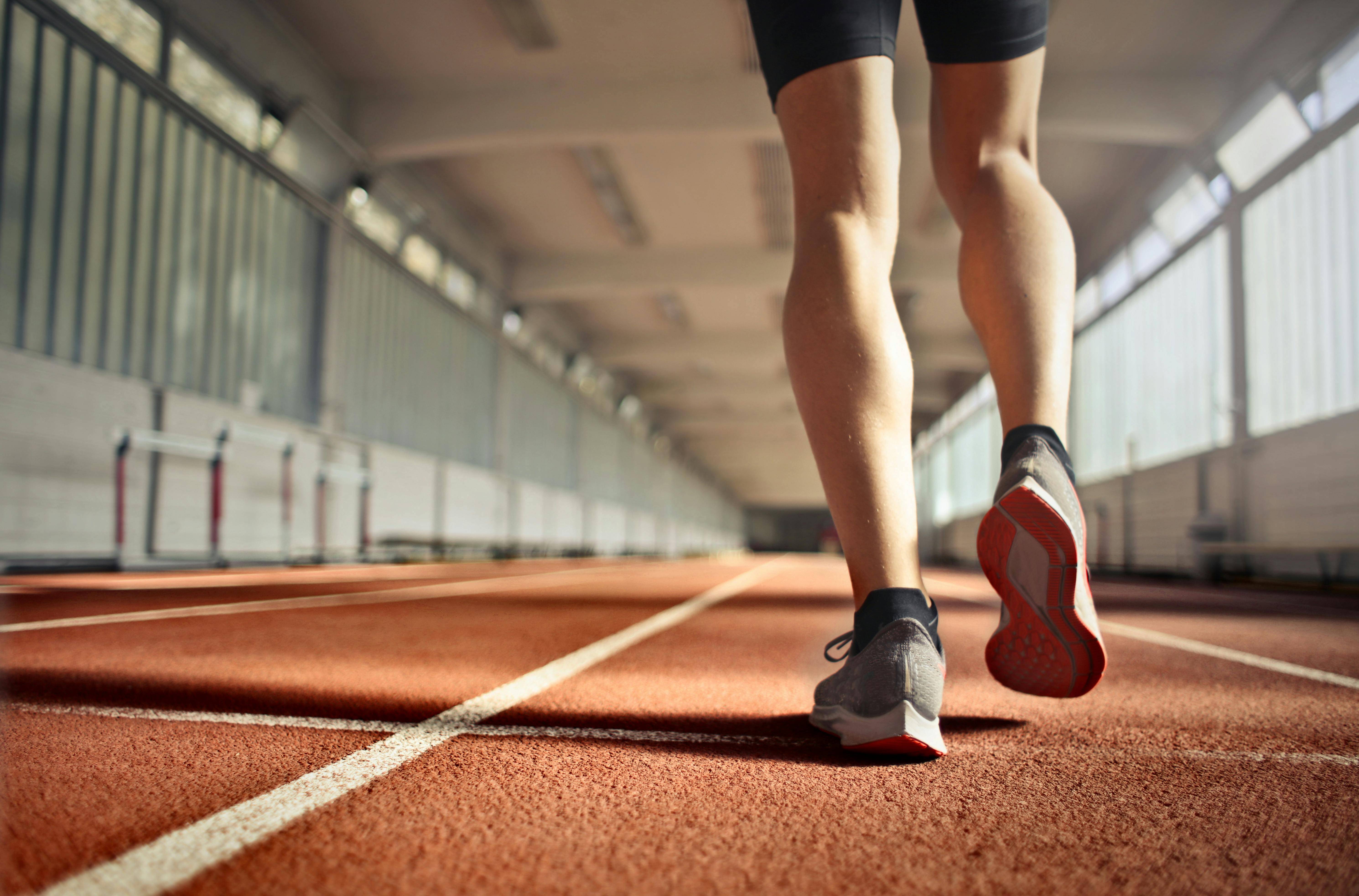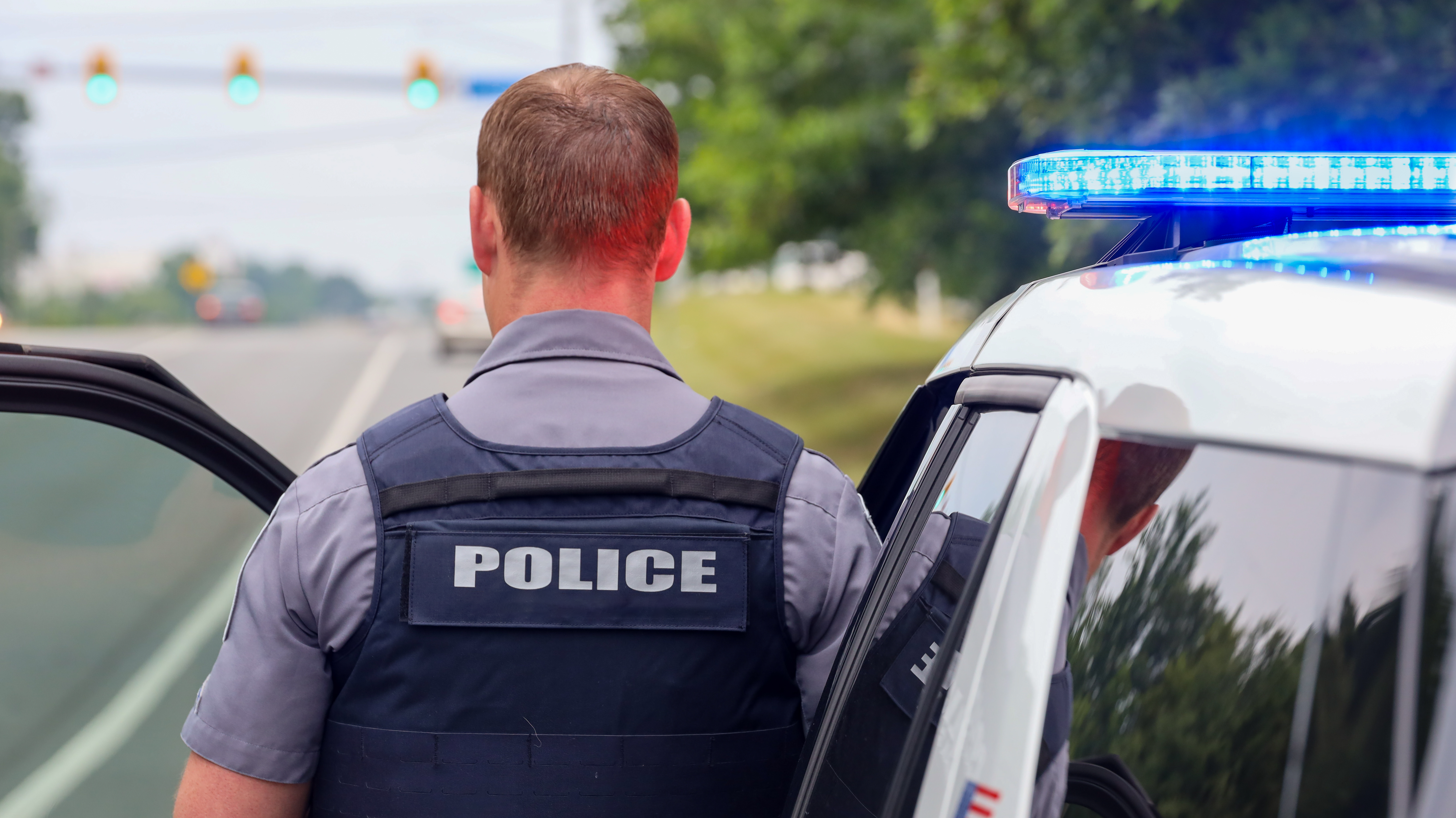The Challenges of Training Firefighters: A 30,000-Foot Perspective
Question: Who plays a game of life and death with no time outs, no ability to periodize training for the big event, and often no knowledge or closure of if they even won or lost? These games may be sporadic, clustered, or even non-existent for months, yet these individuals continue to train as if the situation is imminent.
Answer: Military. Police. Fire. EMS.
The umbrella term of tactical athletes includes the subcategories listed above, but the term athlete may be a misnomer. Most public safety personnel in the United States neither look nor train like athletes, but they should. Although Fire fits under the umbrella of tactical athletes, training them requires a deep and thorough understanding of job performance demands and physical and mental stressors unique to this field. The stakes are too high in this population to leave their coaching to individuals who don’t grasp the enormity of firefighters' challenges.
There is no one better qualified to train a firefighter than another appropriately credentialed and experienced firefighter, but most of the fire service is currently getting it wrong. Most of the fire service in the United States is fixated on the theory of ‘train the trainer,’ meaning agencies send one firefighter to a seminar or training event. Then, the employee's task is to educate the rest of the department. That method works fine with products: thermal imaging cameras, door props, and fog nozzles, but it’s a colossal failure with human wellness and performance, especially in this population, unless that trainer has ongoing supervision, compensation, time allotment, and support.
MLB, NFL, and other professional sports hire the cream of the crop to play on their team; the literal best of the best are selected through a very specific and defined process. Fire Departments follow a similarly straightforward and defined hiring process, but then once an employee is on staff, they’re essentially told, “Stay in shape; it’s your job. Good luck. Figure it out. Go do some push-ups and run.” They’re also generally assaulted with memes like this: “You lost your right to be out of shape when you swore your oath.”
That situation is equivalent to a professional football team hiring a quarterback and telling him, “Good luck. Hope you can get your s*** together and play well. It’s your job to do so. Go do some push-ups and run.” Oh, and here’s an inspirational meme: “You better show up game-ready since we put you on the roster.”
Strength and conditioning coaches, dietitians, physical therapists, ATCs, and other health and wellness professionals who are ALSO firefighters are rare. But that true credentialed professional ALSO serving as a firefighter is much like a unicorn—majestic and infrequently spotted. They are out there, but they are scarce. When you find them, weaponize them and use them!
What if you currently work with this population (or want to work with them) and don’t have that firefighting experience? Here are some basics to understand:
Firefighters are a TOUGH crowd.
They’re cynical, suspicious and love a good conspiracy theory. Because they work and LIVE together, they are family; therefore, outsiders are genuinely outside the circle of trust. The heart and soul of a firefighter are dark and twisted things. And you need to understand that to understand them.
Firefighters ENTER burning buildings when everyone else is EXITING.
By choice, they put themselves in harm’s way to help and benefit others. Firefighters put others before themselves and usually apply other’s air masks before their own. Most have no concept, capacity, or understanding of how to care for themselves. They leave health and wellness to chance. They expect it just to happen. They’re so caught up in caring for others that they don’t care for themselves. And it becomes a massive liability in many ways, not just on the fireground.
Diving deeper, for decades, we lost about 100 firefighters per year on average to Line of Duty Deaths (LODDs). You might guess that these LODDs were burns, smoke inhalation, or falling off a roof. However, these deaths were primarily complications of cardiovascular disease, such as stroke and heart attack.
Thankfully, these statistics have been improving as of late, and in 2019, we experienced an all-time low LODD year since stats began being collected in 1976. But a significant burden looms on our horizon, and it is this: for more than the last decade, firefighter suicide has been outpacing LODDs. Indeed, suicide is not just a firefighter problem; suicide is a concern within all careers. Mental and physical health awareness is vital to success as a coach or practitioner dealing with firefighters.
Why is suicide and mental health a concern when coaching firefighters? It’s simple, really. Firefighters are human; without quality intervention, their brains are ill-equipped for the trauma they endure for decades. A typical firefighter works at least 20 and sometimes as many as 35 years before leaving the service. Firefighters are chronically sleep-deprived. They typically eat a diet heavy in processed foods and light in lean proteins, fruits/vegetables, and healthy fats out of necessity or comfort. And finally, they don’t MOVE their bodies enough.
Each of those bullet points ALONE can contribute to or exacerbate mental health issues, but compounding them together creates a recipe for potential disaster. And so, depression, isolation, PTSD, and suicidal ideations may ensue.
Remember, too, that statistically, 20% of the general population will experience a mental health crisis in their lifetime, including major depressive disorder, anxiety, OCD, or PTSD. Firefighters are not hired from a unique subcategory of superhumans immune to the general population's challenges.
Because sending our firefighters home safe and healthy after each shift is of paramount importance, coaches to firefighters should invert the priorities that would typically prevail and place wellness rather than firefighter performance at the base.
Wellness encompasses sleep, nutrition, mindfulness/mental health training, and physical movement. These four prongs are supported in the scientific literature as being beneficial to positive mental health and, as such, the critical aspects that are paramount for our firefighters’ mental health. Small, sustainable changes executed with relentless efficiency allow firefighters to positively and exponentially impact their overall wellness.
One layer up on the pyramid is health. Health represents a lack of physical manifestation of disease. Firefighters who go for a yearly physical and check their boxes of well-controlled blood glucose and blood pressure, lipids within normal ranges, PSA markers where they belong, etc., can be considered healthy.
Seems logical, right? So why not start with health instead of wellness? Because one can be healthy without being well. One can be healthy and still experience suicidal ideations.
Fitness represents the ability to do what you want/need to do. Fitness for a marathon runner is not concurrent with fitness for a powerlifter, but both athletes might also be firefighters. A coach's job is to marry the fitness of what firefighters want to do in their outside activities with the ability to complete baseline tasks efficiently and safely on the fireground. There is no faster way to get a firefighter to lose faith in a coach than to tell them that competing or participating in their off-duty hobbies is not in their best interests. Coaches must make off-duty mesh gracefully with on-duty. It’s an elegant dance that needs careful negotiation.
Finally, the tip of the pyramid is performance. There’s getting the job done safely and efficiently, and then there’s kicking ass at the job. Civilians, depending upon firefighters, obviously desire elite performance, but we just can’t start there as coaches. Firefighter wellness and making sure they go home after each shift and come back for each shift is paramount.
Hopefully, these thoughts have provoked some good internal dialogue for you, and I look forward to composing future, more specific articles that will serve as a roadmap for training these unique first responders. Thank you to BridgeAthletic for giving the Fire Service a voice.
About the Author

Annette Zapp, MA, CSCS*D, CISSN, is a recovering biochemist who wandered into the fire service 20 years ago and never left. She found what broke her heart and thereby discovered her purpose. The fact that firefighters pledge their lives in the service to the public, and yet no one is taking care of them while they die of complications of cardiovascular disease, cancer, and suicide, is unacceptable. AZ finds the research and resources and brings them to the fire service in a way that provides them with the "So what, now what?" AZ owns and operates Fire Rescue Wellness and hosts the FRW podcast, which drops weekly on Tuesdays.
Related Posts

Exploring the Benefits of Retro-Walking...
Retro-walking (RW), or walking backward, is a therapeutic exercise used in resistance training...

A Preparatory Training Approach To...
Rucking and load support in full kit is an activity that many Tactical Human Performance teams will...

Conditioning Protocols for Law...
Strength and conditioning programs designed for law enforcement officers can overexert the...


![Blog CTA Med.[button] - Data Driven tools](https://blog.bridgeathletic.com/hs-fs/hubfs/Blog%20CTA%20Med.%5Bbutton%5D%20-%20Data%20Driven%20tools.png?width=1240&height=570&name=Blog%20CTA%20Med.%5Bbutton%5D%20-%20Data%20Driven%20tools.png)
![Blog CTA Med.[button] - fire - optimize](https://blog.bridgeathletic.com/hs-fs/hubfs/Blog%20CTA%20Med.%5Bbutton%5D%20-%20fire%20-%20optimize.png?width=1240&height=570&name=Blog%20CTA%20Med.%5Bbutton%5D%20-%20fire%20-%20optimize.png)